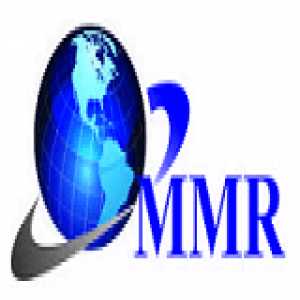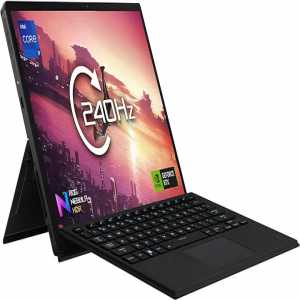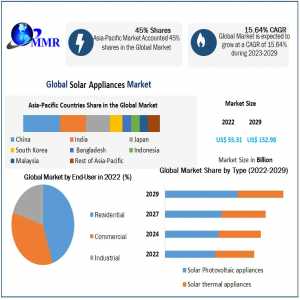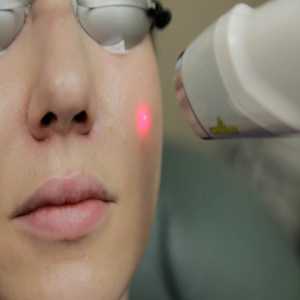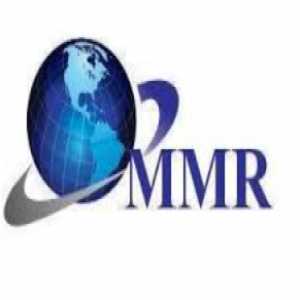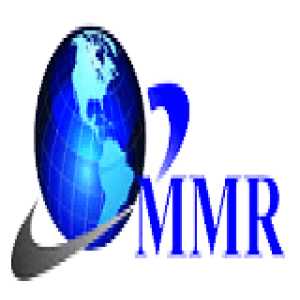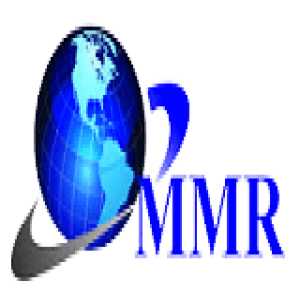
Richard C. Larson: A Legacy Of Analytics, Education, And Human Progress

In an era defined by rapid change and complex global challenges, some leaders manage to bridge the worlds of rigorous science and human-centered impact. Richard C. Larson—researcher, innovator, educator, and mentor—is one such figure. Over the course of a remarkable career, Larson has transformed operations research, reshaped urban systems, and pioneered new frontiers in education technology. His story is not just about academic excellence but about applying knowledge to improve lives in cities, classrooms, and communities worldwide.
Foundations: Early Life and Academic Roots
Born in 1943 in Bayside, Queens, New York, Richard “Dick” Larson’s early life was marked by movement—from Pennsylvania to New Jersey to Massachusetts. These formative years of adaptation and curiosity shaped his intellectual trajectory. After excelling at Needham High School, he pursued all three of his degrees—Bachelor’s (1965), Master’s (1967), and Ph.D. (1969)—at MIT in electrical engineering.
His doctoral dissertation, Models for the Allocation of Urban Police Patrol Forces, laid the foundation for a lifetime of bridging theory and practice, applying scientific rigor to the real-world problems of cities and services.
Operations Research: From Theory to Practice
A Discipline with Purpose
Operations research (OR), born out of World War II, applies mathematical models, optimization, and statistics to solve complex decision-making challenges. By the late 1960s, Larson was already advancing its reach through projects at the RAND Corporation, particularly in urban emergency response systems. His models for police and ambulance deployment became benchmarks for improving city services, blending technical insight with profound public value.
Transforming Urban Systems
Throughout the 1970s, Larson’s pioneering work reshaped how cities dispatched emergency responders. His models were not abstract exercises—they directly improved response times and saved lives. This early success became a hallmark of Larson’s career: using OR to demonstrate its ability to serve both policy and people.
Leadership and Recognition
Larson’s influence extended to leadership in the field. He served as President of ORSA (1993–1994), later becoming a founding fellow and President of INFORMS (2005). In 1993, the National Academy of Engineering recognized him for “Development and Application of Operations Research Methods for Public and Private Sector Service Industries,” cementing his place among the nation’s top engineers.
“Doctor Queue”: Humanizing the Mathematics of Waiting
While widely respected in academic circles, Larson became a household name as “Doctor Queue.” His work on queueing theory—understanding waiting lines—extended beyond mathematics into human psychology. “Often, the psychology of queuing is more important than the statistics of the wait itself,” Larson observed, highlighting how service design impacts perception. His insights, featured in outlets from NPR to The Washington Post, demonstrated his rare gift of blending analytics with empathy.
Transforming Education: The EdTech Visionary
The Dawn of Digital Learning
In 1995, Larson turned his attention to education technology, becoming Director of MIT’s Center for Advanced Educational Services (CAES). He foresaw the power of technology to democratize access to learning and pushed MIT to share its intellectual wealth far beyond Cambridge.
MIT BLOSSOMS: Blended Learning for All
Perhaps Larson’s most enduring educational contribution is MIT BLOSSOMS (Blended Learning Open Source Science or Math Studies). Inspired by a visit to a rural Chinese school, Larson envisioned video lessons that went beyond passive lectures—interactive modules designed to spark curiosity and empower teachers. BLOSSOMS has since produced free STEM content used worldwide, especially in underserved regions, establishing a model for open, blended learning.
Building Global Learning Networks
In 2002, Larson launched the Learning International Networks Consortium (LINC), an MIT-based initiative bringing together policymakers, educators, and practitioners from more than 25 countries. LINC’s mission—to use technology to bridge educational inequities—reflects Larson’s conviction that quality learning should be a global right, not a privilege of place.
Mentor, Scholar, and Collaborator
A Prolific Scholar
Larson authored six books and over 175 papers spanning urban service systems, disaster planning, smart energy homes, workforce optimization, and tech-enabled learning. His hallmark has always been applicability: research that informs not just theory but practice in government, business, and education.
Mentorship and Teaching
At MIT, Larson mentored scores of Ph.D. students—including Kent W. Colton and Maia Majumder—guiding them with clarity, rigor, and encouragement. Beyond academia, he consulted for organizations like the U.S. Postal Service and the City of New York, extending his influence into real-world problem solving.
A Life of Service, Values, and Balance
Larson married Mary Elizabeth Murray (“Liz”) in 1979, balancing his demanding career with family and community life until her passing in 2022. Students and colleagues alike describe him as approachable, generous, and deeply committed to service.
Educational Philosophy: A Different Kind of Learning
-
Model Thinking over Memorization: Larson promotes “model thinking”—using frameworks to interrogate reality—over rote learning.
-
Active Participation: His methods emphasize hands-on engagement and collaborative problem-solving, embodied in BLOSSOMS’ interactive design.
-
Equity and Access: Central to his philosophy is inclusivity, ensuring that learners everywhere, regardless of geography, gain access to high-quality education.
His recent book, MODEL THINKING For Everyday Life (INFORMS), extends these ideas to a wider audience, encouraging critical reasoning for all.
Enduring Legacy
Richard C. Larson’s nearly five-decade career at MIT—spanning Electrical Engineering, Urban Studies and Planning, Civil and Environmental Engineering, and the Institute for Data, Systems and Society—mirrors his intellectual curiosity and versatility. His contributions have touched urban services, global education, and countless students worldwide.
His legacy is not only in the systems he designed or the papers he authored but in the lives he influenced—through mentorship, innovation, and a steadfast belief that science and technology should serve humanity.
Richard C. Larson’s journey reminds us that true impact lies at the intersection of analytics, education, and compassion—a legacy that continues to shape how we think, learn, and live.
Read More:https://thecioconnectmedia.com/richard-c-larson-engineering-solutions-empowering-minds-a-legacy-at-the-intersection-of-analytics-and-education/
Author Bio
Article Comments
No Comments!
At present there are zero comments on this article.
Why not be the first to make a comment?
Similar Articles
Search Pages
User Upgrade
account to full use of editor,
Including hyperlinks
Article Categories
There are zero sub-categories in this parent category.
There are zero sub-categories in this parent category.




